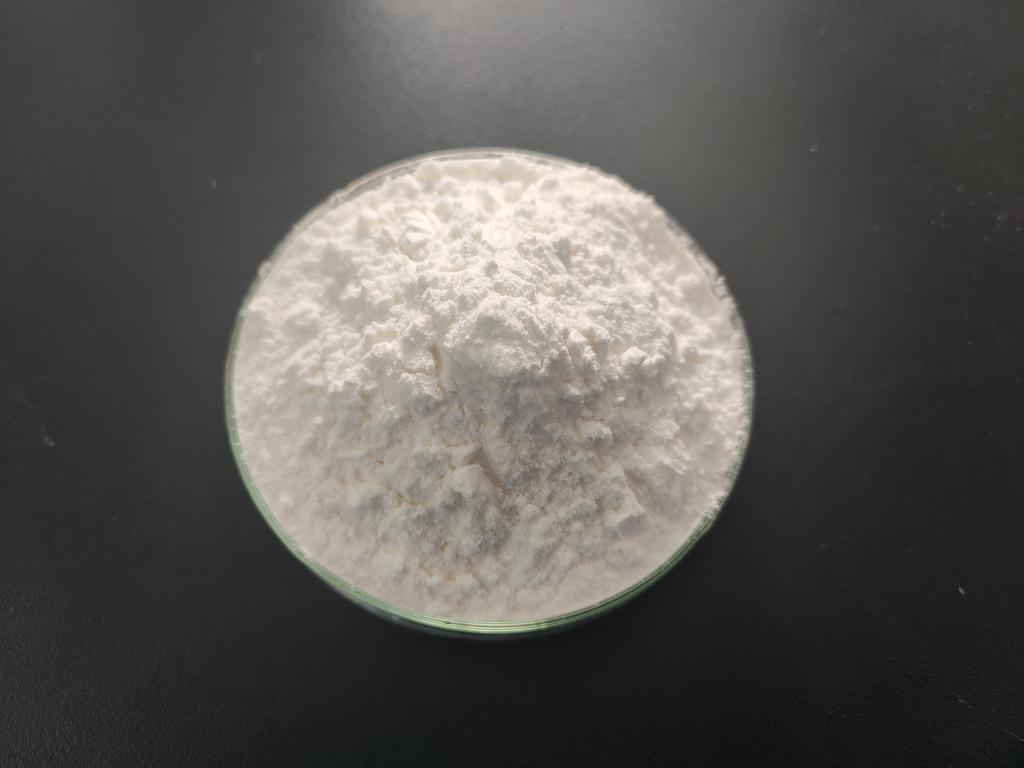Tel:+8618231198596

News
 CONTACT
CONTACT
 CONTACT
CONTACT
- Linkman:Linda Yao
- Tel: +8618231198596
- Email:linda.yao@dcpharma.cn
- Linkman:CHARLES.WANG
- Department:Overseas
- Tel: 0086 0311-85537378 0086 0311-85539701
News
Current Position:
Home >
News
>Optimizing Formulations for Maximum Stability of ε-Polylysine Hydrochloride.
Optimizing Formulations for Maximum Stability of ε-Polylysine Hydrochloride.
TIME:2024-06-05
This article examines the factors affecting the stability of ε-PLH in formulations and explores strategies for optimizing formulations to enhance stability. By understanding the challenges and solutions related to ε-PLH stability, manufacturers can develop high-quality products with improved efficacy and longevity.
Factors Affecting Stability of ε-Polylysine Hydrochloride
Several factors can influence the stability of ε-PLH in formulations:
pH: ε-PLH is stable over a wide pH range, but extreme pH conditions can affect its stability. Acidic or alkaline environments may lead to degradation or loss of antimicrobial activity.
Temperature: High temperatures can accelerate the degradation of ε-PLH, leading to reduced efficacy. Proper storage and handling are essential to prevent exposure to excessive heat.
Oxidation: Exposure to oxygen can cause oxidation of ε-PLH, resulting in decreased stability and antimicrobial activity. Oxygen barrier packaging and antioxidant additives can help mitigate oxidation.
Ionic Strength: Changes in ionic strength, such as the presence of salts or other ions in formulations, can affect the stability of ε-PLH. Ionic interactions may enhance or inhibit stability, depending on the specific ions involved.
Solvent Compatibility: The choice of solvent or vehicle used in formulations can impact the stability of ε-PLH. Compatibility testing is necessary to ensure that ε-PLH remains stable in the chosen solvent system.
Strategies for Optimizing Formulations
pH Adjustment: Maintaining the pH within the optimal range for ε-PLH stability is essential. Formulations should be adjusted to a pH where ε-PLH exhibits maximum stability while maintaining its antimicrobial activity.
Temperature Control: Proper storage and handling procedures should be implemented to minimize exposure of ε-PLH-containing formulations to high temperatures. Cold storage or refrigeration may be necessary to preserve stability.
Oxygen Protection: Packaging materials with oxygen barrier properties can help protect ε-PLH from oxidation during storage. Additionally, the inclusion of antioxidants in formulations can mitigate oxidative degradation.
Ionic Strength Adjustment: Formulations should be optimized to maintain the appropriate ionic strength for ε-PLH stability. Salts or buffering agents may be added to adjust the ionic environment and enhance stability.
Solvent Selection: Compatibility testing should be conducted to identify suitable solvents or vehicles for ε-PLH-containing formulations. Non-toxic, biocompatible solvents that maintain ε-PLH stability should be prioritized.
Microencapsulation: Microencapsulation techniques can encapsulate ε-PLH within protective matrices, enhancing stability and prolonging shelf life. This approach also allows for controlled release of ε-PLH in formulations.
Lyophilization: Lyophilization, or freeze-drying, can improve the stability of ε-PLH by removing water and minimizing degradation reactions. Lyophilized ε-PLH can be reconstituted as needed for use in formulations.
Surfactant Addition: Surfactants can stabilize ε-PLH in formulations by reducing surface tension and enhancing solubility. Careful selection of surfactants and optimization of concentrations are necessary to maximize stability.
Case Studies and Research Findings
Several studies have investigated strategies for optimizing formulations to enhance the stability of ε-PLH:
Microencapsulation: Research by Zhang et al. (2017) demonstrated that microencapsulation of ε-PLH in alginate-chitosan beads improved its stability and controlled release in simulated gastrointestinal conditions.
Lyophilization: A study by Chen et al. (2019) investigated the effects of lyophilization on the stability of ε-PLH in aqueous solutions. The researchers found that lyophilization effectively preserved the activity of ε-PLH during storage.
Surfactant Stabilization: Research by Wang et al. (2021) explored the use of surfactants to stabilize ε-PLH in aqueous solutions. The study identified specific surfactants that enhanced the stability and solubility of ε-PLH, leading to improved efficacy in antimicrobial applications.
Challenges and Future Directions
Despite advancements in optimizing formulations for ε-PLH stability, several challenges and areas for future research remain:
Compatibility with Complex Matrices: Formulating ε-PLH in complex matrices, such as food or pharmaceutical products, presents challenges due to interactions with other ingredients. Further research is needed to understand and mitigate potential compatibility issues.
Long-Term Stability: Ensuring long-term stability of ε-PLH-containing formulations remains a challenge, particularly in applications with extended shelf life requirements. Continued research is necessary to develop strategies for maintaining stability over prolonged storage periods.
Scale-Up and Manufacturing: Scaling up production of ε-PLH-containing formulations for commercial use presents logistical and manufacturing challenges. Optimizing manufacturing processes and ensuring batch-to-batch consistency are critical for successful scale-up.
Regulatory Considerations: Regulatory approval of ε-PLH-containing formulations may vary between countries and regions. Manufacturers must navigate regulatory requirements and demonstrate the safety and efficacy of their products for market approval.
Conclusion
Optimizing formulations for maximum stability of ε-Polylysine hydrochloride is essential for ensuring its efficacy and shelf life in various applications. By addressing factors such as pH, temperature, oxidation, ionic strength, solvent compatibility, and employing strategies such as microencapsulation, lyophilization, and surfactant stabilization, manufacturers can develop high-quality products with enhanced stability and effectiveness.
Continued research and innovation in formulation optimization are necessary to overcome existing challenges and further enhance the stability of ε-PLH-containing formulations. By leveraging these strategies, manufacturers can maximize the potential of ε-PLH as a versatile ingredient in food, pharmaceuticals, cosmetics, and other industries, contributing to improved product performance and consumer satisfaction.
- Tel:+8618231198596
- Whatsapp:18231198596
- Chat With Skype







